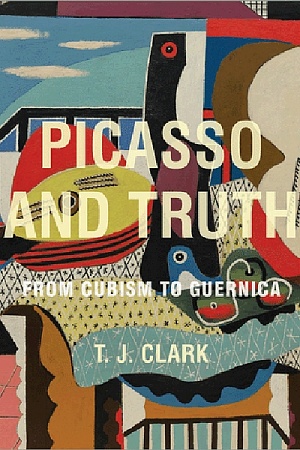Man in the Glass House: Philip Johnson, architect of the modern century
Little, Brown, $49.99 hb, 510 pp, 99780316126434
Man in the Glass House: Philip Johnson, architect of the modern century by Mark Lamster
Philip Johnson – lagging well behind the founding fathers – may not be the most profound architect of the twentieth century. Nor does he have the resonance of Louis Kahn or the form-changing genius of Frank Gehry, among his contemporaries. Yet the pattern of twentieth-century architecture cannot be fully understood without him. Mark Lamster’s biography lodges him vividly in that pattern. A critical biographer in every sense, Lamster appears overly concerned not to let the charming, wise, and witty Johnson pull the wool over his eyes. A disparaging undertone accompanies much of his commentary. ‘Johnson was moved by aesthetics, not the travails of working men and women – especially if they were Catholic or Jewish – a condition foreign to his experience.’
At eighteen, Johnson’s life was fundamentally changed. His father settled his fortune on his three children. Philip received a large parcel of stock in the Aluminum Company of America, now Alcoa. By the time he left Harvard in 1927, he was a millionaire when the word still meant something. Alfred North Whitehead had dissuaded him from pursuing a life in philosophy. Johnson, a rich young man in search of a life, found it in the architecture of Europe, most notably the discovery of modernism in the work of J.J.P. Oud, the Dutch architect who deserves relief from his obscurity.
Back in America, Johnson made two important friendships: with the young Alfred H. Barr Jr, poised to become the founding Director of the Museum of Modern Art, and with Henry-Russell Hitchcock, the architectural historian. Why not include a department of architecture in the new museum, Johnson boldly proposed? The Bauhaus had been an inspiration to Barr as he framed MoMA, and he readily assented, especially as Johnson would fund the department himself.
Continue reading for only $10 per month. Subscribe and gain full access to Australian Book Review. Already a subscriber? Sign in. If you need assistance, feel free to contact us.











Leave a comment
If you are an ABR subscriber, you will need to sign in to post a comment.
If you have forgotten your sign in details, or if you receive an error message when trying to submit your comment, please email your comment (and the name of the article to which it relates) to ABR Comments. We will review your comment and, subject to approval, we will post it under your name.
Please note that all comments must be approved by ABR and comply with our Terms & Conditions.